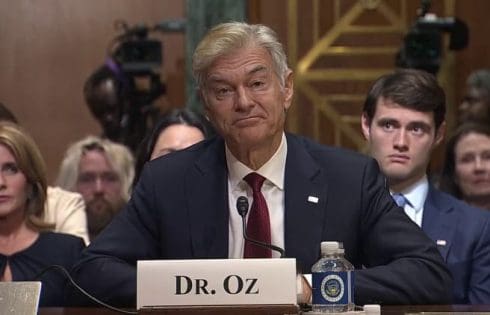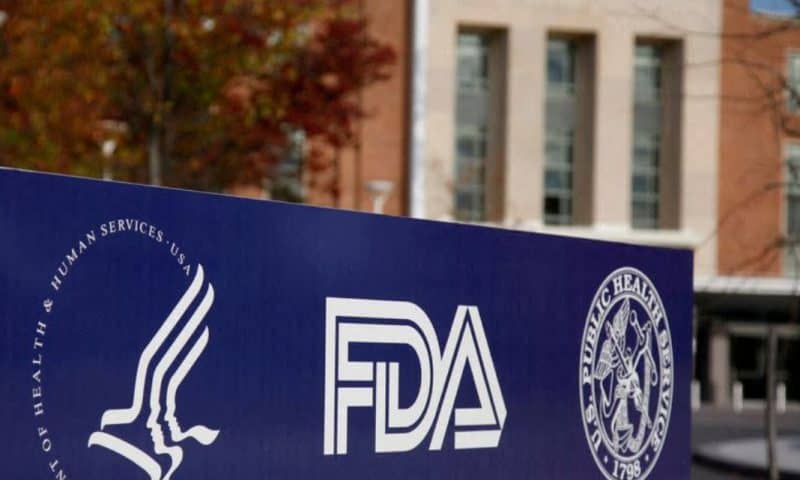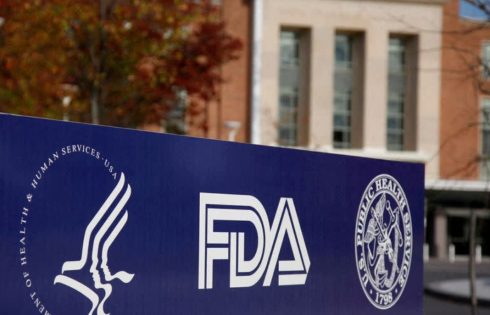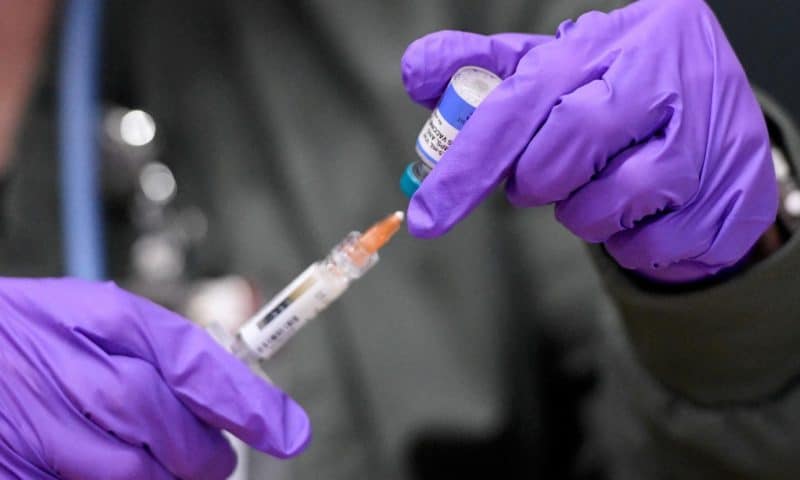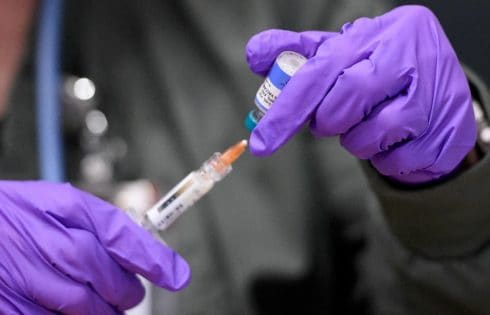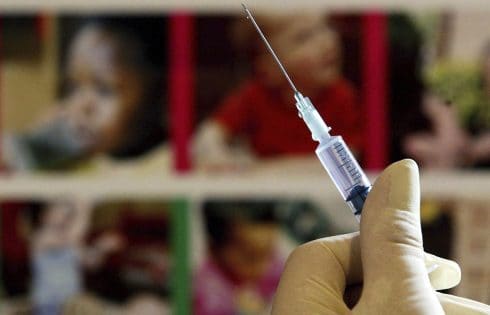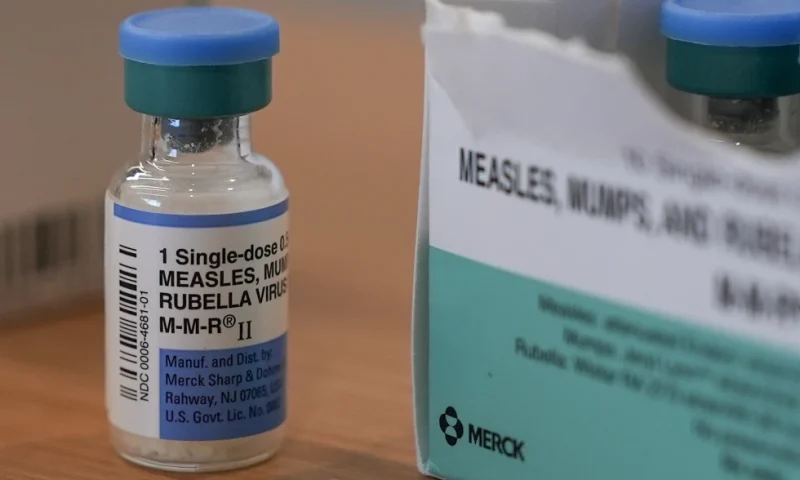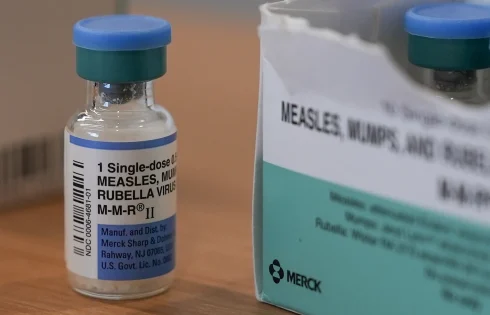
The House Republican drive to significantly reduce federal spending on medical care has placed the party on a collision course with the health needs of its own constituents.
The House GOP is advancing a budget that could impose major cuts in the Medicaid program that now provides health services to more than 72 million Americans.
But dozens of House Republicans represent districts where the share of residents receiving health coverage through Medicaid is greater than in the average district nationwide. And far more House Republicans than House Democrats now hold seats in districts where the share of residents confronting serious health challenges — including diabetes, high blood pressure, obesity, breast cancer deaths, cardiovascular problems and a lack of health insurance of any kind — exceeds the average.
Those are among the major findings of an exclusive CNN analysis of data collected by the Congressional District Health Dashboard, a partnership between the New York University Grossman School of Medicine and the Robert Wood Johnson Foundation.
The concentration of chronic health problems in Republican-held districts underscores the treacherous cross-pressures confronting the House majority as it advances its budget blueprint. Medicaid looms as the biggest single source of potential cuts available to Republicans as they seek to satisfy House conservatives demanding to offset the huge cost of extending the tax cuts passed in 2017, during President Donald Trump’s first term.
But areas facing the clustering of chronic health problems now common in Republican House districts are especially vulnerable to the loss of health insurance that big Medicaid cutbacks would likely trigger, many experts agree.
“As you begin to make access to basic health care resources more sparse, in an area where there is a high prevalence of those conditions, the impact of that is necessarily greater,” said Marc Gourevitch, a professor of population health at the NYU medical school and the principal investigator for the Health Dashboards Initiative.
Given the substantial number of their own constituents who now rely on Medicaid, House Republicans are visibly more uneasy about cutting Medicaid than they were when approving major reductions in the program during their attempt to repeal the Affordable Care Act in 2017 — much less when they voted to block grant (i.e., limit to a fixed sum) and slash Medicaid during their 1995-96 budget showdown with then-President Bill Clinton.
But despite those hesitations, all but one House Republican still voted for the budget resolution that almost all analysts agree makes major reductions in Medicaid spending unavoidable. The struggle over Medicaid cuts — especially as part of a GOP budget plan that also cuts taxes primarily for the wealthy and corporations — could emerge as the central legislative battlefield of 2025 and the foundation of Democratic plans to retake the House majority in 2026.
“Republicans in Congress are betraying their own voters by gutting Medicaid,” says Leslie Dach, chair of the liberal health care group Protect Our Care, in a preview of what may be a core Democratic argument in next year’s midterm elections.
To produce the Congressional District Health Dashboard, the NYU School of Medicine uses federal data from the Census Bureau; the Centers for Disease Control and Prevention; the National Center for Health Statistics; and other sources to calculate whether each congressional district ranks above or below the average for all districts nationwide on 40 different metrics of health status. These indicators are wide-ranging and include, among many others, access to health insurance; teen births; the presence of various kinds of chronic illness; and life expectancy. CNN senior producer Edward Wu analyzed the data to produce a comparison of the health status of House districts held by Republicans and Democrats.
That exercise showed how the electoral realignment of the two parties over the past generation has intersected with the growing reach of Medicaid to reconfigure the politics of health care.
Over the past generation, the House Democratic Caucus has become a kind of upstairs-downstairs coalition centered on two distinct groups of districts: lower-income, heavily minority urban seats, and more affluent white-collar suburban seats with larger White (though still often racially diverse) populations.
The health dashboard data show that 118 of the 215* House Democrats, primarily from that first group of seats, represent districts where the share of the total population (including children and seniors) on Medicaid exceeds the nationwide average of 22.7% as of spring 2024. (*Note: These data were compiled before the death this week of Democratic Rep. Sylvester Turner, who represented Texas’ heavily Democratic 18th Congressional District.)
Traditionally, Republicans have felt comfortable pursuing significant reductions in Medicaid because they have viewed it primarily as a program for the urban poor. But GOP representatives now hold dozens of seats in districts heavily reliant on Medicaid.
The CNN analysis found that 64 of the 218 House Republicans (not counting two previously Republican-held seats that are currently vacant) represent districts where the number of people on Medicaid exceeds the average share. Those include 17 districts where at least 30% of residents are on Medicaid. At the top of the list are the districts represented by Reps. David Valadao of California (with 60.7% of district residents on Medicaid); Jay Obernolte of California (44.1%); Hal Rogers of Kentucky (44%); Doug LaMalfa of California (39.1%); Dan Newhouse of Washington (35.9%); and Cliff Bentz of Oregon (35%).
Beyond the 64 Republicans with more Medicaid recipients than the average district, another 43 represent districts where at least one-fifth of residents, or just slightly less than the national average, rely on Medicaid.
The substantial number of Republicans representing big Medicaid populations largely reflects the shift in the party’s center of gravity from suburban seats in earlier decades toward predominantly white, mostly lower-income and lower-education districts outside of major metropolitan areas — the kind of small-town and rural seats once held by centrist Democratic House “blue dogs.” Medicaid has become more important to the health care system in such areas as Congress has expanded the populations eligible for it, most dramatically when the Affordable Care Act extended eligibility for Medicaid to working adults making up to 138% of the federal poverty level, which works out to about $22,000 for an individual this year. Rural hospitals and health care providers are especially reliant on Medicaid because fewer people in those areas receive health insurance through their jobs.
“There’s this conventional wisdom that Medicaid is a welfare program for the urban poor, and it’s just not the case anymore,” said Larry Levitt, executive vice president for health policy at KFF, a nonpartisan health care thinktank. “Given how Medicaid has been expanded over time, and how political bases have realigned, there are a lot of people in Republican districts who rely on Medicaid.”
The number of Republican districts with large Medicaid populations is smaller than it would be otherwise because the 10 states that have refused to expand Medicaid eligibility under the ACA are generally red states that mostly send GOP legislators to Congress.
Eighty-four House Republicans represent districts in the states that have rejected the Medicaid expansion, and only Rep. Russell Fry of South Carolina among them represents a district where the share of residents receiving care through the program exceeds the average for districts nationwide. By contrast, in the expansion states, nearly half of all House Republicans represent seats where more people receive care through Medicaid than in the average district. Those are the GOP members feeling the tightest squeeze as the spending and tax debate proceeds.
The shifting class basis of the two parties’ electoral coalitions has also produced a clear pattern in the health outcomes tracked by the NYU dashboard. Across nearly every significant measure, more Republicans than Democrats represent districts facing onerous burdens from chronic disease and diminished access to health care, CNN’s analysis found.
Most House Republicans now represent districts where the death rate from cardiovascular disease exceeds the average for districts nationwide. Most of them also represent seats where the death rate from breast and colorectal cancer is higher than in the typical district — as is the incidence of obesity, diabetes and high blood pressure.
Most House Democrats represent seats where fewer people than in the average district suffer from those health problems. On many of these measures, the two parties present almost precisely mirror images. Three-fifths of Republicans, for instance, represent districts where the prevalence of diabetes is greater than in the average district; almost exactly the same share of Democratic districts see less diabetes than the average district.
Measures tracking access to health care show the same kind of gulf. The share of people without health insurance of any kind is less than average in two-thirds of the seats held by Democrats. But the uninsured population exceeds that of the average district in more than half of the Republican-held seats, in large part because of the states that have refused to expand Medicaid coverage. And far more House Republicans than Democrats represent seats facing a greater than average shortfall in the availability of primary care physicians, according to federal statistics.
One measure best captures the cumulative impact of all these disparities. Nearly three-fifths of House Republicans now represent districts where life expectancy at birth is below the average for districts nationwide; nearly two-thirds of Democrats hold seats where life expectancy exceeds the national average. Of the 100 districts where life expectancy is the longest in the country, 76 are represented by Democrats. Of the 100 districts where life expectancy is the shortest, 60 are represented by Republicans.
“The way I see it when I look at the maps on our website is that health problems don’t respect geographic boundaries; they don’t discriminate by place,” said Ben Spoer, program director of the Health Dashboards Initiative at NYU. “That’s why these insurance programs are so important: because they serve lots and lots of people everywhere.”
The GOP districts that embody the new dynamic
The negative health indicators are especially common in the Republican-held districts with heavy Medicaid dependence. Of the 64 Republican districts where a larger than average share of residents rely on Medicaid, roughly 50 also exceed the national average in the rates of cardiovascular deaths, diabetes, high blood pressure, obesity and deaths from colorectal cancer. In 48 of those 64 districts, life expectancy at birth trails the national average.
The districts of two of the House Republicans at the center of the GOP budget plans encapsulate these broader trends.
The northwest Louisiana district of House Speaker Mike Johnson ranks near the top of the list among Republicans for reliance on Medicaid, with nearly 31% of people there depending on the program. The rates of diabetes, high blood pressure, obesity and breast cancer deaths in Johnson’s district are all about 20% greater than in the average district; the rate of cardiovascular deaths and low-birthweight births are each nearly 40% greater. The teen birthrate in Johnson’s district is double the national average. More than five times as many residents in his district as in the average one live in an area with a shortfall of primary care physicians. The average lifespan at birth in Johnson’s district is 2.3 years shorter than in the average district nationwide, NYU has calculated.
